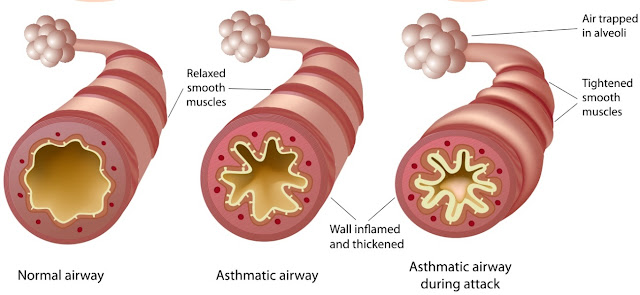Conclusions of the activity about breathe/ heartrate
and exercise:
During the exercise, the heart must
beat faster to eliminate excess carbon dioxide and increase the supply of
oxygen in the body. The signalling
process stimulates the heart to beat faster during exercise, with inputs coming
from many parts of the body.
I think that exercising does affect
your pulse and will increase the amount of heartbeats because when you exercise
your body has to pump more blood. This is because
when you exercise, the cells that are in your muscles need more energy to move.
Your muscles get this energy from respiration. This travels in the blood so if
your muscles need more oxygen and glucose, they get it from the blood.
Also when you have did a
lot of exercise you can feel your pulse rate in your neck beating really fast.
I think that my pulse rate will take about 4, 5 or 6 minutes for it to return
back to normality.
Make sure that all the experiments
you do on measuring your pulse rate are fair (don’t eat before the experiment
or do not do exercise).
1. - First, The time in which you do the
experiment should be kept the same.
2. - Do the same type of exercise each time.
3. - Wait until your pulse rate returns to normal before doing the exercise
again.
4. - Do you the experiment at the morning when you wake up. This is a whole
lot easier than doing it in the afternoon because if you want to do this
experiment twice you have to eat and rest the same amount which you did the day
before.
Method:
During the morning wake up about 25 minutes earlier then you usually do and measure
your pulse rate for one minute. Then do 10
jumping (1 for 6 sec.) in 1 min. Repeat
what you just did again the day after.
See if your pulse rate is similar to the first
test you did and if it is not, try the experiment again the day after because
you have obviously not made it a fair test. I will repeat this experiment to
make it more accurate.


